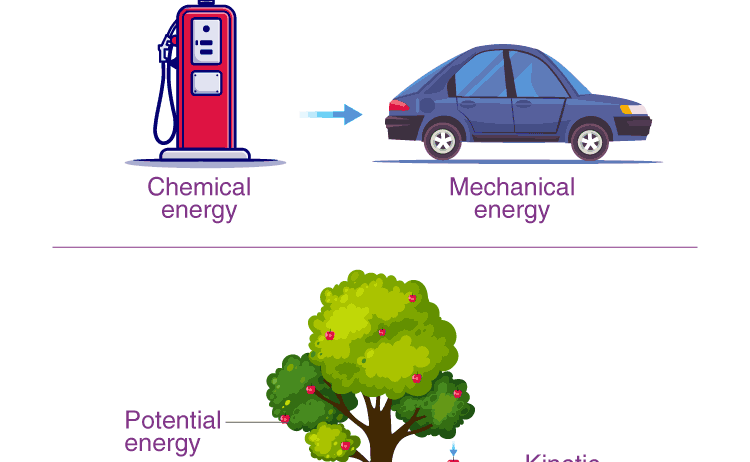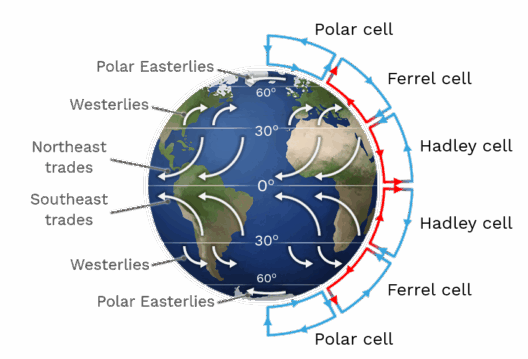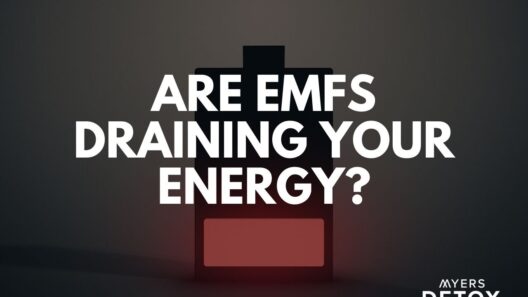Lenz’s Law, a fundamental principle in electromagnetism, elegantly elucidates how energy is conserved in electromagnetic systems, thereby reinforcing the overarching Law of Conservation of Energy. This rigorous interplay not only provides a robust framework for understanding physical phenomena but also engenders critical insights into the broader application of energy conservation in various contexts. By exploring the synergy between these two laws, we can unveil the intricate dynamics of energy transfer and transformation.
At its core, Lenz’s Law states that an induced electromotive force (EMF) will always work in a direction to oppose the change that produced it. This principle is crucial when investigating inductive phenomena, wherein a changing magnetic field induces an electric current. The opposition to change reflects a deep-seated natural tendency to maintain equilibrium within a system, thereby conserving energy in the process. Consequently, when energy is applied to the system, it invariably manifests in a manner that minimizes disruption, reaffirming the conservation of energy.
The Law of Conservation of Energy posits that energy cannot be created or destroyed; it can only be transformed or transferred from one form to another. Lenz’s Law acts as a tangible illustration of this abstract principle, particularly in systems exhibiting electromagnetic interactions. When a magnet is moved in proximity to a coil of wire, an electric current is induced in the wire due to the changing magnetic field. However, the direction of the current will align in such a way as to create an opposing magnetic field. This opposition not only reflects Lenz’s Law but also embodies the fundamental concept of energy conservation: the energy used to change the magnetic field must be accounted for in the induced current.
Now, consider a practical application: electromagnetic induction in electric generators. As mechanical energy is used to rotate a coil within a magnetic field, an electric current is generated according to Faraday’s Law of Induction. Here, Lenz’s Law dictates the behavior of the induced current—it opposes the motion of the coil. This opposition necessitates more mechanical energy input to continue the rotation. Such a relationship beautifully underscores how energy is conserved; the mechanical energy input translates into electrical energy output, countering the system’s tendency to resist change.
Expanding upon this concept, Lenz’s Law also proves indispensable in understanding energy storage technologies, such as inductors and transformers. In inductors, the buildup of magnetic fields as current flows induces an opposing current when that flow changes, effectively storing energy momentarily. This makes inductors integral to applications like power supplies, where controlling energy flow is crucial. Transformers utilize this principle to transfer energy between circuits by leveraging alternating currents and varying magnetic fields, ensuring that energy is neither lost nor created in the process—further illuminating the Law of Conservation of Energy.
The resonance of Lenz’s Law reverberates through various domains beyond mere electrical applications. Consider its implications in magnetic braking systems employed in trains and roller coasters. In these systems, the kinetic energy of the moving object induces currents in the magnetic field, creating an opposing force that slows down the vehicle. This transformation showcases both Lenz’s Law and the conservation principle: kinetic energy is converted into thermal energy through electromagnetic means, reinforcing energy’s undying tenacity to transform rather than dissipate.
Furthermore, the synthesis of Lenz’s Law with the Law of Conservation of Energy can elucidate phenomena in renewable energy technology. For instance, the integration of wind turbines into the energy grid exemplifies this collaboration. As wind turns the turbine blades, movement induces electrical current through a generator. The inherent opposition to any changes in magnetic flux demonstrates Lenz’s Law at work, ensuring that the energy input from the wind translates effectively into electrical output. This emphasizes the efficiency of renewable energy systems, directly aligned with the conservation ethos that governs all physical processes.
Moreover, understanding the practical applications of Lenz’s Law can enhance energy efficiency strategies. From household appliances to large-scale industrial systems, designers and engineers can craft solutions that optimize energy use and minimize waste. For example, incorporating inductive loads where Lenz’s Law is utilized can lead to cleaner energy usage by reducing the energy needed to oppose electromagnetic forces. Such innovations play a vital role in contemporary efforts to address climate change and reduce carbon footprints.
In conclusion, Lenz’s Law serves as a critical bridge between theory and application, demonstrating how energy is conserved in electromagnetic interactions. The opposition to change inherent in Lenz’s Law not only reaffirms the Law of Conservation of Energy but also has profound implications across a wide array of technologies—from electric generators to renewable energy systems. By grasping the essential connections between these laws, we can better appreciate the intricate dance of energy conversion and storage in our increasingly electrified world. Understanding such principles is paramount, as they can guide future innovations crucial for sustainable development and mitigating the effects of climate change.








